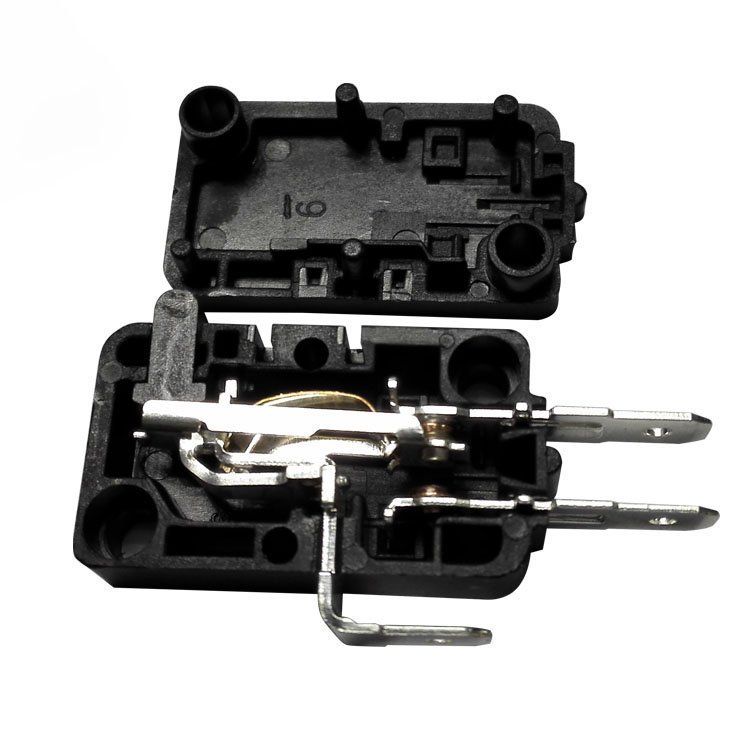
Column:News Release time:2024-11-08 Number of readers:802
Every microswitch manufacturer knows the functions of their products very well, and we, as a manufacturer specializing in the production of microswitches, share with you how they work.
A micro switch (also known as a snap-action switch) is a type of electrical switch that is designed to be activated by a small physical movement. It works based on a mechanism that rapidly opens or closes an electrical circuit in response to a very small amount of force, typically via a lever or button. Here has a breakdown of how it works:
1. Basic Components
Actuator: The part of the switch that moves when pressure is applied, like a lever, button, or plunger.
Spring: A spring that applies tension to the actuator, keeping it in a default position.
Contacts: The conductive components that open or close to allow or interrupt electrical flow.
Housing: The casing that holds all the internal components.

2. Operation
When pressure is applied to the actuator (e.g., a button is pressed or a lever is flipped), it causes the internal mechanism to snap the contacts between two positions: open (off) or closed (on).
The snap-action mechanism ensures that the switch changes position quickly and decisively. This rapid movement ensures reliable operation and minimizes bounce (the unwanted brief contacts that can occur in less precise switches).
The internal spring mechanism causes the switch to "snap" back to its original state once the actuator is released, ensuring that it either opens or closes the circuit without hesitation.
3. Types of Activation
Momentary Action: The switch is only active while pressure is applied to the actuator (e.g., a doorbell).
Latching Action: Once activated, the switch stays in the new position until another action is performed (e.g., a power button on a device).
4. Common Applications
Limit switches are used in machines to detect the position of moving parts.
Door and safety switches: Used in appliances and machinery for safety purposes.
Keyboards and control panels detect keypresses or button pushes.
Consumer electronics are often found in devices such as microwaves or vending machines.
5. Why it is Called a Micro Switch
The term "micro" refers to the tiny size and precision of the switch, not necessarily its electrical rating. Micro switches can be very small yet robust and sensitive to even small mechanical movements.
In summary, a micro switch works by using a small, fast-moving mechanism that changes the state of electrical contacts in response to minimal force, ensuring precise and reliable switching for a wide range of applications.